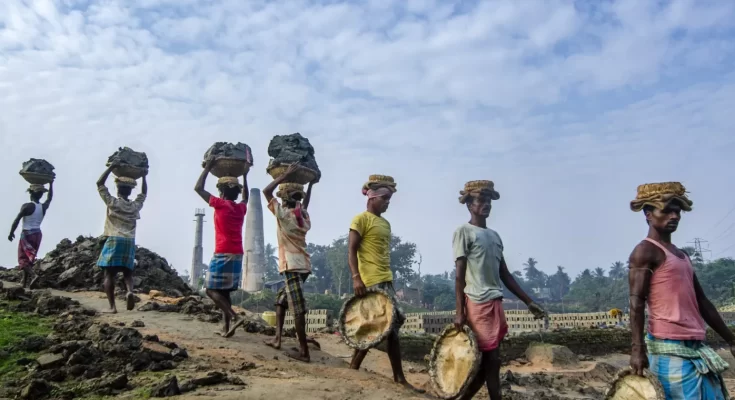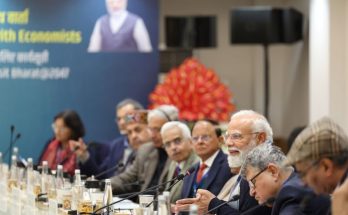Geneva: International Labour Organization (ILO) paper finds costs of investing in tackling forced labour are likely to be offset by rise in GDP from transfer of freed workers to the formal economy.
Freeing people from forced labour and reintegrating them into the mainstream workforce could lead to a US$611 billion demand-driven rise in GDP, a new paper by the International Labour Organization (ILO) reveals.
Titled Acting Against Forced Labour: An Assessment of Investment Requirements and Economic Benefits, the paper shows that freeing people from forced labour and bringing them into formal employment could generate US$611 billion in additional GDP. This would represent a transfer from the perpetrators and the illicit economy to the freed workers and the formal economy.
“Ending forced labour is first and foremost a human imperative and legal obligation. The financial benefits identified in our study also suggest it makes clear economic sense,” explained Francesca Francavilla, Senior Economist in the ILO’s Fundamentals branch.
The paper shows that the one-time cost of implementing key interventions to combat forced labour is estimated at US$212 billion – or 0.14 per cent of global GDP – though this figure only covers targeted efforts and does not include broader policy and legal reforms needed.
More than 27.6 million people are in forced labour worldwide, according to the ILO’s 2022 Global Estimates of Modern Slavery publication. This was an increase of 2.7 million people in forced labour since 2016.
“The risk of forced labour continues to threaten millions worldwide. If we want to reverse this trend and return to a path of progress we need to urgently invest more in action,” said Scott Lyon, ILO Senior Project Policy Researcher, Fundamentals.
The projected rise in GDP would also lead to increased tax revenues and savings on forced labour victim services. These additional public resources could be used to advance national development goals.
The ILO report stresses the findings cannot be presented in simple cost-benefit terms because of the need for broader investments to tackle the root cause of forced labour.
But it also suggests the potential increase in GDP from ending forced labour provides economic justification for this additional investment.
The ILO calls on governments, employers’ and workers’ organizations to develop national strategies that mobilize resources and address financing gaps, with international support playing a crucial role.





